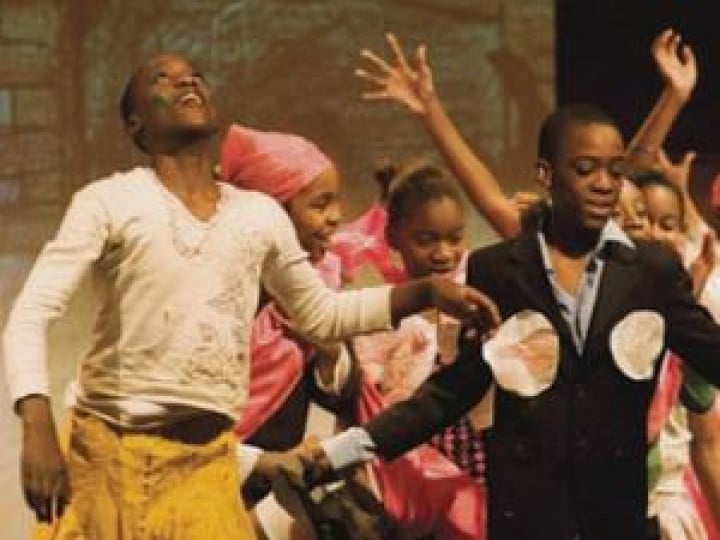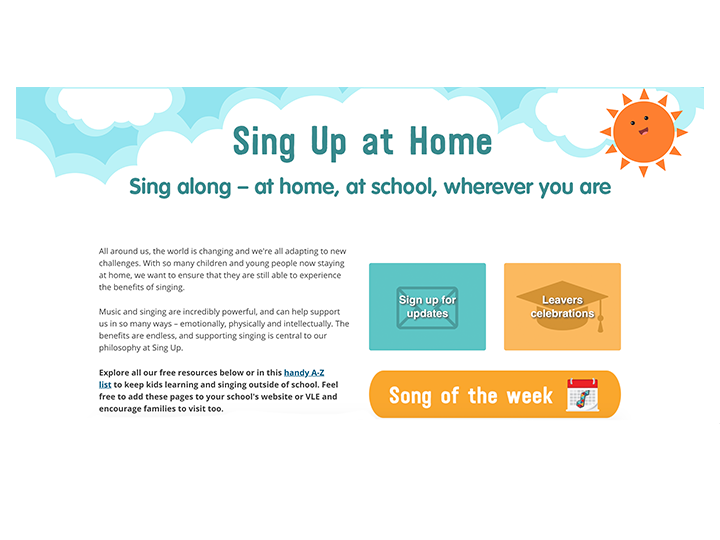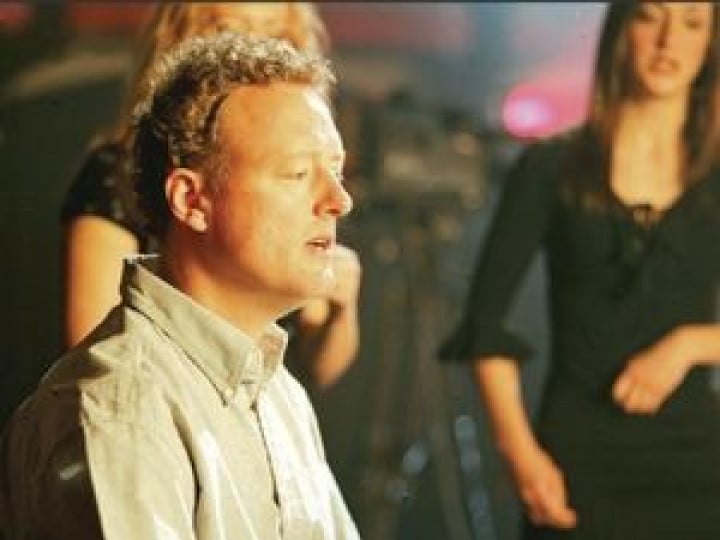
The stage space
- Take a long, hard look at the space you will use for performance. Its size and physical characteristics will determine how you approach the production.
- How many performers can fit into the performer space with room to move? If your stage is small, think how you can add to the available space, perhaps using blocks to create different levels.
- Where will you place the audience? All around, or on three sides?
- Can any performers be placed offstage, eg. the ‘student’ characters? Perhaps have them sitting in front of the audience, standing to sing or moving as needed? Or is it possible to place them onstage behind the main action, or split to the two sides?
- Can entrances and exits with large numbers of performers be achieved safely and quickly?
- Draw out some floor plans, bearing in mind where technical equipment such as stage lights, sound equipment or props can be placed, and be sure to check audience sight lines before you make your final decisions on who should be situated where.
Style of presentation
- Realistic: by far the most expensive and time-consuming option. Will you use period costume and props, and where will you find them? Bear in mind that ‘real’ objects on stage are often not large enough, and might well be valuable. Perhaps a hat per character might do the trick, used with a prop, where appropriate. For example, the Wright brothers could wear goggles and white silky scarves perhaps wired to make them look as though the aviators are in a high wind.
- Mimetic/movement/physical theatre-based: devising dramatic action to go alongside the script or songs. Make the action large, clear and specific.
- Cartoon: using graphics and symbols on T-shirts or placards, for example. Use exaggerated gestures and body shapes. Could the inventors be made to look ghostly to emphasise their ‘otherness’? The opening of the piece might lend itself to a procession of the inventors, perhaps each one attended by a couple of students who might carry a placard displaying (back and front) a big graphic symbol to illustrate their contribution eg. a zigzag representing lightning for Franklin or Volta, a light bulb for Edison, a reproduction of Leonardo’s design for the flying machine, a propeller for the Wright brothers etc. Make the symbols big and the colours bright. This procession could advance through the audience to the performance area.
- Television documentary (black and white), juxtaposing breakout sections for the songs (colour).
Bringing the characters to life
- Work from the characteristics indicated in the text, or even take it a stage further. Leonardo could be Mafia, Kilby a Hollywood film star, Gutenberg the mad professor; Wright Brothers could be acrobats (a real double act). Have Deborah Franklin and Volta as magicians, with the Swan Girls part of the act.
- Workshop the characters using the ‘hot seat’, where one character is asked searching questions by the rest of the group, and has to answer in role. Encourage the performers to come up with their own ideas. Is there a Homer Simpson among these inventors? What other popular TV or literary characters can the group suggest?
- The script suggests accents are used to help to differentiate voices. Give time to explore vocal delivery and colour as characters develop.
- Most importantly, make sure the words can be heard from every part of the auditorium. During workshops or rehearsals develop exercises to encourage projection, such as having a conversation with another person over a distance. Now have the same conversation, using only physical action, eg. gesture and posture. Now put the two together – voice and physical action – and remind the performers to keep their distance, otherwise you will get a ‘TV version’, inaudible except to those within two feet of the actors/singers.
Choreography and musical staging
- Aim to have a definite and particular arrangement of the performers on the stage so that each song has a different stage picture with a different focus. For example, the Inventors could be in one group, even two or three groups, or placed individually in the space, clustered around a particular focal point. Are they in harmony with one another, or is a big argument going on? How can the mood of the scene or song be reflected through group design?
- ‘The world without the wheel’ – this song might suggest a general theme of circles. Explore circles on different planes with gestures to suggest ‘rolling and rolling’. Try passing a circular gesture along a line to create an impression of turning wheels. Make the link between the song and Namta the potter by placing him/her in view of the audience and singers. Build in a little Arabic movement theme (hands and head) in response to the musical theme, eg. at bar 19.
- ‘Switching it on’ offers lots of opportunities for playing with light, using torches operated by the performers, or stage lights, although this is only effective if you have a good blackout. Angular ‘shocked’ body shapes devised by the singers or sudden opening and closing of the hands into the space around could be explored, using different levels, angles and directions.
- Where are the students placed? Are they an onstage choir, formally grouped? Or are they movers as well as singers, creating the Wright Brothers’ aeroplane with bodies, chairs, horizontal ladders and large propellers in ‘Eyes on the sky’? It might be fun to finish this song with a flurry of paper aeroplanes launched into the audience from the stage.
- ‘Sound down the wire’ suggests actions to do with phoning – eg. punching in a number, listening, talking could be explored, or building a network of connections, like a giant cat’s cradle with ribbons of different colours creating ‘visible’ sound wave patterns.
- ‘Information Highway’ – your cast will be good at devising funky routines using this song to bring us right up to date. Enhance the ‘techno’ feel of the piece with lightening or projections (if you have the facilities).
A word to directors
- Organise the schedule leading up to the opening performance with a realistic timescale, working backwards from the date of your first performance to the first rehearsal, and then stick to it.
- If you have called people for rehearsal, make sure that they are not hanging around doing nothing, as they all need to be fully engaged, particularly in the initial stages.
- Make the most of the talents and experience of colleagues as you certainly can't do it all by yourself!
Wendy Cook and Lin Marsh co-authored The Show Must Go On! (Faber Music), a handy book to help with staging an amateur production.



